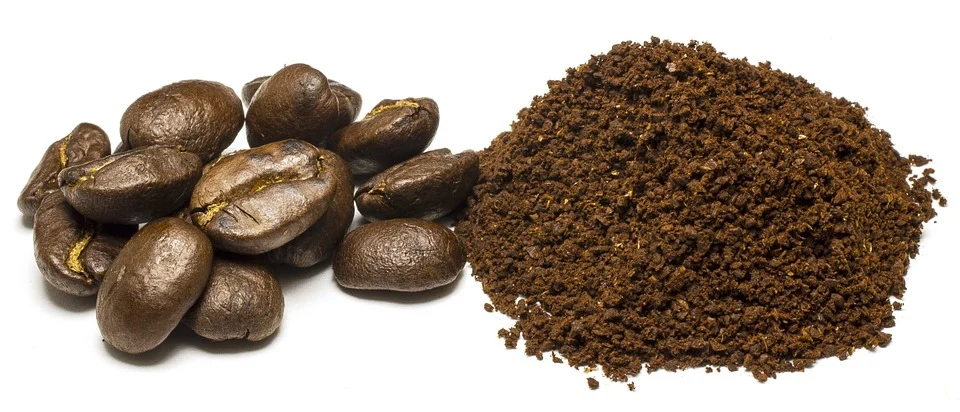Coffee, as we usually know it, is a strong, bitter, dark brown-colored drink, often with added milk, cream, and sugar. However, this drink has humble origins in a plain-looking shrub’s seeds.
Coffee, the drink, is brewed from the seeds of some plants in the Coffea genus, including
Coffea arabica (Arabian coffee) and Coffea canephora (robusta coffee).
Most coffee species are native to Africa, including the western and central rainforests and the Ethiopian highlands. However, most of the world’s coffee is now produced in Central and South America and southeastern Asia.
To make coffee, berries of one of the aforementioned plants are picked from the plant when ripe. These are then fermented to let flavors develop. The flesh of the berries is stripped
away and the seeds inside (called beans) are dried. These beans are green in color at this point.
However, they are then roasted to make them a rich brown color and give them a deep aroma. The beans change color because the sugars inside them break down and caramelize.
Additionally, the beans are dried out during the caramelization process, making them light. After roasting them, the brown beans can be ground and coffee can be brewed from them.
This is done by letting the ground beans steep in hot water long enough to impart their flavor to the liquid.
Coffee, on its own, is a bitter drink, and is given its strength and taste mainly by caffeine. Caffeine is a stimulant and therefore increases activity in the nervous system. The drink is
widely popular due to caffeine’s effects, and is usually consumed in the mornings to make the body active or “more awake”.












